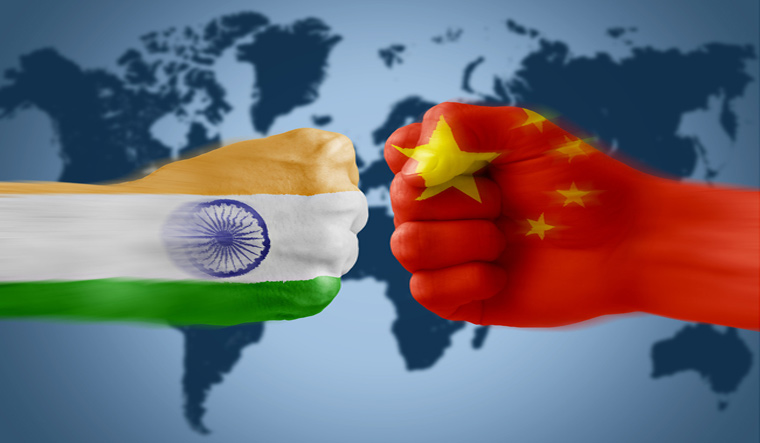The stalemate continues. Military level talks and diplomatic engagements may have lowered temperatures but India and China are still eyeball to eyeball on the 800 km long border in Ladakh.
On Thursday, a meeting of the Working Mechanism for Consultation & Coordination on India-China Border Affairs (WMCC) was held without any significant breakthrough. “The two sides had a candid and in-depth exchange of views on the existing situation in the India-China border areas,’’ said Anurag Srivastava, spokesperson for the ministry of external affairs at the weekly virtual briefing.
The talks were held at the level of joint secretary at the MEA. The two sides “reaffirmed’’ in keeping with the two foreign ministers and the two special representatives (SRs) that they will “continue to sincerely work’’ towards “complete disengagement’’ of the troops along the Line of Actual Control (LAC) in the Western Sector. In short, the way forward is likely to be across a table.
“The two sides were in agreement that restoration of peace and tranquillity in the border areas would be essential for the overall development of bilateral relations,’’ said Srivastava. The two countries have agreed to work in an “expeditious manner’’ and in “accordance with the existing agreements and protocols’’ to resolve the “outstanding issues’’.
There have been five rounds of three-star general-level talks, two special representatives’ (Ajit Doval and Wang Yi) meetings and multiple rounds of local military commander rank dialogue between India and China. But all of them failed to bring in status quo ante at the border in Eastern Ladakh.
The Indian side has been reiterating its stand on restoring status quo ante April 2020 in Eastern Ladakh and complete pullback of Chinese military from Pangong Tso, Gogra and Depsang plains. Though some pullbacks have taken place in Galwan and Hot Spring areas, situation remains unchanged in other areas.
Both the sides have prepared for a long haul during winters as Chief of Defence Staff General Bipin Rawat made it clear to a parliamentary panel that Indian military would be there for winter with additional deployment. Indian military planners believe that things seem to be out of their control.
In 2017, the 73-day standoff in Doklam was resolved as both sides agreed to pull back from the tri-junction (India-China-Bhutan) after two weeks of hectic diplomatic negotiations. Only the 1986 Sumdorong Chu faceoff continued for nearly three years. But the current tension is on multiple locations on the LAC. On top of it, Indian Army has lost 20 of its troops in the Galwan Valley clash, besides ten soldiers including three officers being taken captive by the Chinese People's Liberation Army on June 15.
The conversation, however, will go on. “The two sides further acknowledged the need to maintain close communication through both the diplomatic and military channels so as to ensure complete disengagement,’’ said Srivastava. Meanwhile, the winter is coming.



